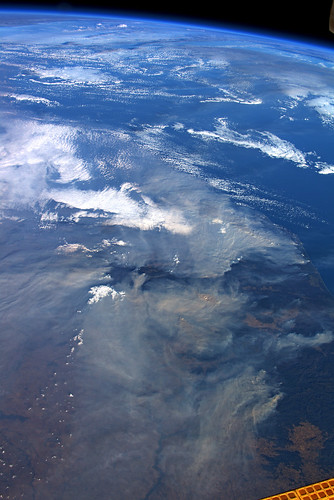‘They’re all feeding off each other’: Australia’s men eye return to grand slam glory
Australia #Australia

A once-in-a-generation crop of male players has electrified Australian tennis ahead of the 2024 season, fuelling hopes of glory at Melbourne Park in the first grand slam of the season.
Eight Australians finished inside the ATP top 100 at the end of last year, the highest number since 1998 when the likes of Pat Rafter, Mark Philippoussis and a young Lleyton Hewitt made Australian tennis a world leader.
Two others could easily have joined them. Jason Kubler spent much of the year inside the top 100 before a knee injury saw him slip to 102. And Nick Kyrgios, who reached the Wimbledon final in 2022 and is still only 28, has seen his career revival stall due to injury. The tally is higher than that of traditional tennis powers Germany and Spain, and harks back to the 1970s when Australia was synonymous with tennis success.
Wally Masur, who reached the top 20 in 1993 as a player and went on to coach the Davis Cup team, says the depth of the current stocks has lifted expectations coming into 2024. “I’m looking forward to the Australians making their mark in a slam, semi-finals or better,” he says.
A line chart showing the number of Australian male tennis players in the top 100 rebound in the past 10 years
The group is led by Alex de Minaur, who earlier this month cracked the top 10, the first Australian to do so since Hewitt. The youngest is Rinky Hijikata, who alongside Kubler won the Australian Open doubles crown in 2023 and entered the singles top 100 for the first time in September. Hijikata’s coach, Mark Draper, says the dynamic of the group is part of their combined success.
“They’re all pushing each other or encouraging each other,” Draper says. “They’re just hard workers, good competitors and I just think they’re all feeding off each other.”
Given the players’ different paths in professional tennis, Masur and Draper believe it’s hard to pinpoint exactly what explains the current wave of success. The creation of state-based academies by Tennis Australia chief executive, Craig Tiley, when he was in charge of national player development more than 15 years ago is one suggestion.
“I’ve witnessed a lot of players who are now in the top 100 who did benefit from, just the hours spent there, the volume of balls, the intensity and some of the mentorship,” Masur says.
Helping players experience overseas competition as teenagers has also helped, according to Draper. “I think it’s important when you’re young to get a taste of that world standard and see if you’re competing, where you need to be,” he says.
Jason Kubler and Rinky Hijikata celebrate after winning their men’s doubles semi-final at the 2023 Australian Open. Photograph: Andy Cheung/Getty Images
Hijikata and 62nd-ranked Aleks Vukic both attended college in the US. But Masur and Draper agree that success is largely down to the individual, their ability to adapt to life on tour, continue to improve and establish themselves in the top 100.
“Tennis is a little bit protectionist,” Masur says. “As long as you can get yourself inside 100 – not on the cusp, but you know, 60, 70, 80 – and you win a few matches in a bigger event, then someone’s got to win two or three Challengers [lower tier tournaments] to get that amount of points you’ve accumulated in a bigger event.”
skip past newsletter promotion
Sign up to Australia Sport
Get a daily roundup of the latest sports news, features and comment from our Australian sports desk
Privacy Notice: Newsletters may contain info about charities, online ads, and content funded by outside parties. For more information see our Privacy Policy. We use Google reCaptcha to protect our website and the Google Privacy Policy and Terms of Service apply.
after newsletter promotion
While Australian fortunes are surging on the men’s tour, the women’s singles rankings paint a different picture. Storm Hunter is the top-ranked doubles player in the world, but there are no Australians currently in the top 100 for singles.
Australia’s top-ranked women’s singles player, Arina Rodionova, sits just outside at No 105. But despite a successful 2023 and strong start to 2024 with a win over Sofia Kenin at the Brisbane International, Rodionova was overlooked for an Australian Open wildcard, with the last spot going to Daria Saville.
Ash Barty retired two years ago as the world No 1, and Ajla Tomljanović and Saville have had injury problems in the past 12 months. But there is cause for optimism. Olivia Gadecki, 21, won her first grand slam match at Melbourne Park in 2023 and 18-year-old Taylah Preston was the youngest player to receive a wildcard to this year’s Australian Open.
Masur says given what we’ve seen among other Australians finding success in their mid or late-20s, expectations should be tempered for players on what is an increasingly physical professional circuit.
“We’ve got some good young players but you’ve got to almost let them go through those two or three physical pre-seasons to get to that point where they can, day-in and day-out, compete with the very best players in the world.”